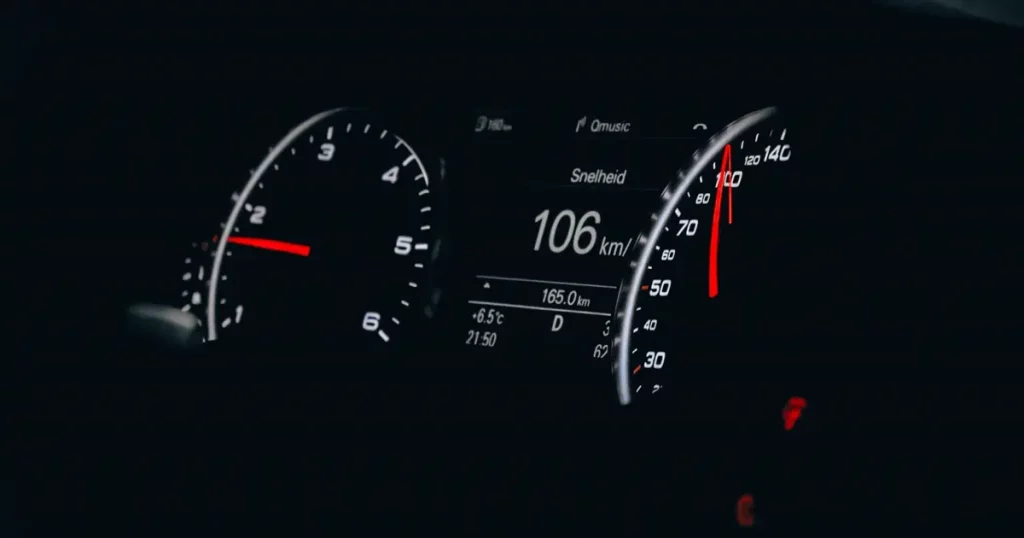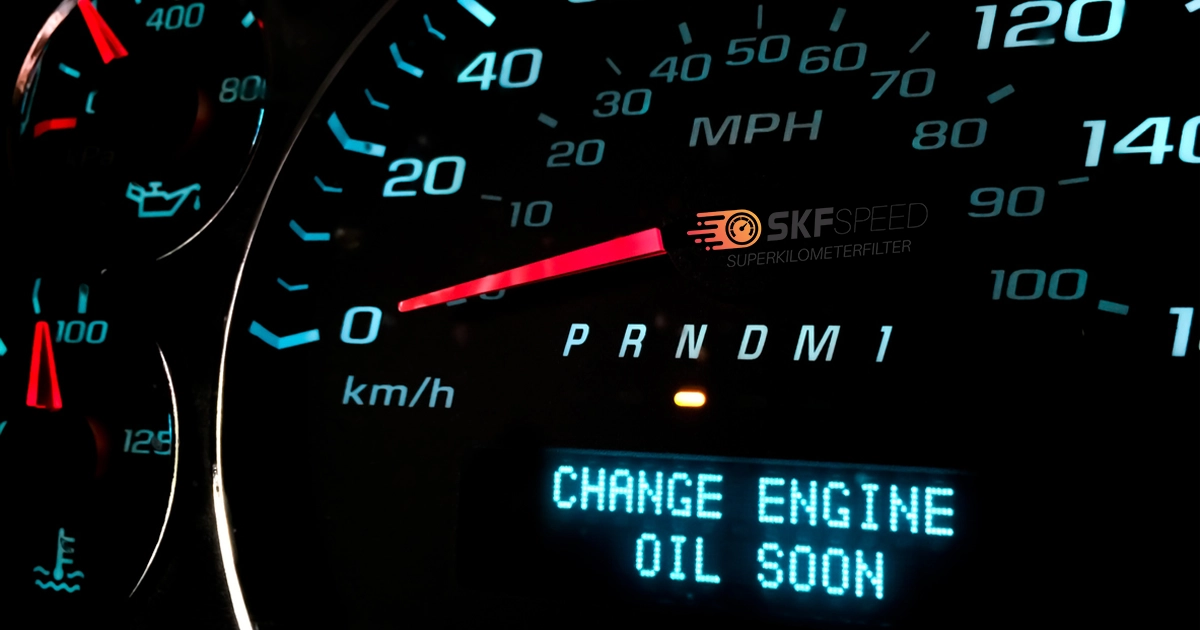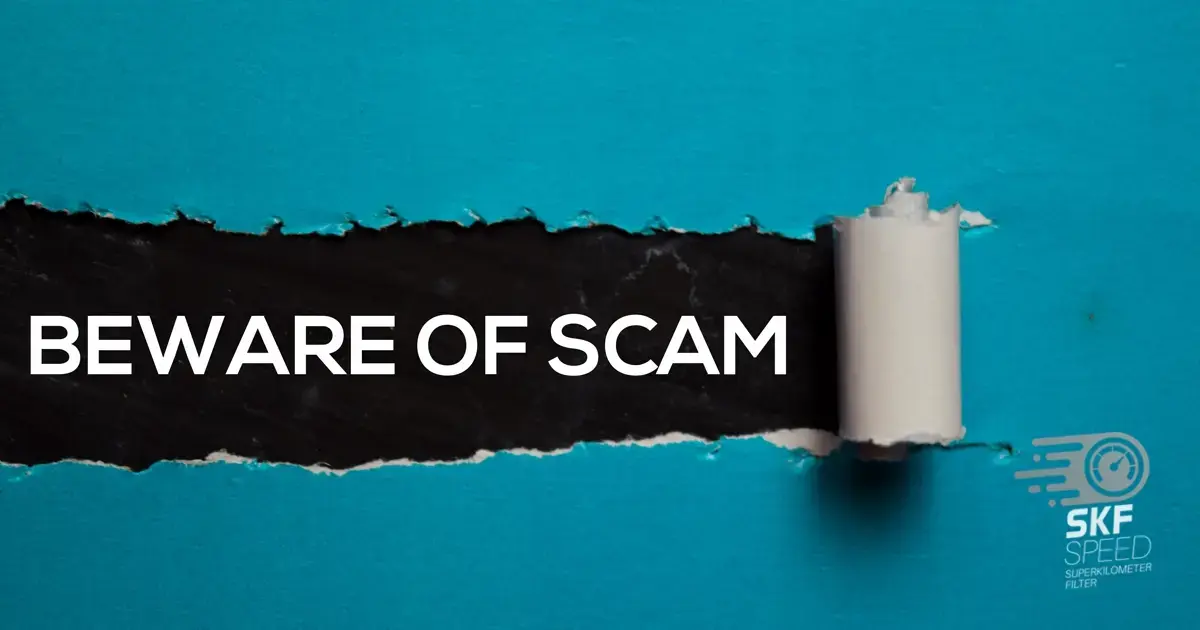
Potential odometer rollback is a common act of tampering with the vehicle that results in false odometer reading. As usual, the main goal of such tampering is to increase the sale price. Needless to say, it is a dishonest practice. Hiding real mileage for malicious purposes is illegal. Various organizations are fighting against it. For example, NHTSA creates campaigns to raise awareness in society. However, most parts depend on an individual’s effort. With the help of comprehensive information, we can protect ourselves and not let other people lie to us. What can we do? How to protect ourselves from this danger? – There are a variety of recommendations that will help you make decisions about taking measures to avoid becoming the victim. Before we move to the recommendations, let’s get to know what is “clocking”, who are victims of this crime, and what people use for such manipulation, how can we identify signs of such manipulation.
Let’s get started and learn everything about potential odometer rollback.
Also known as “busting miles” or “clocking,” it is an illegal practice of rolling back odometers to make them appear to have lower mileage than they really have. It has been happening since the invention of odometers. In the past it happened manually with analog odometers, now digital odometers are tempered with a help of various devices that are sold freely online.
Those tools are plugged into the car’s computer port, and people who aim to change the numbers can choose what they want their mileage to be. After resetting, automobiles display the numbers they choose.
As for the analog odometer, you do not need special equipment. All you need to do is remove the panel and roll it back manually.
When we are talking about possible clocking, it means that we suspect that the owner or dishonest dealer used some method to correct data for a deceitful purpose. You can employ various methods to find the hidden truth.
You may think it doesn’t threaten you, but let me tell you that you can become a victim even without realizing it. Strictly speaking, it harms you not only financially but also can be dangerous for your life.
Look through the statistical data and judge the situation yourself.

According to the NHTSA preliminary report, the problem is severe for American consumers, any vehicle on the used car market can be the object of tempering. Late-model Vehicles which accumulate high mileage in a short period are objects of tampering. Additionally, automobiles in business or rental fleets are victims of such manipulation. The distance traveled is considered one of the key indicators of the condition and, therefore, the price.
Carfax is the leading vehicle history database. They report complete information about the accidents, maintenance, number of owners, odometer readings, emission inspection records, and other helpful information. They get comprehensive and truthful information from several sources such as Manufacturers, U.S. motor vehicle agencies, Auto auctions and salvage auctions, service/maintenance facilities, insurance companies, car dealerships, Import/export companies, Canadian motor vehicle records, and consumer protection agencies. As you can see, the list is long. Hence, it indicates how trustworthy the company is. The company marks an automobile with “Potential Odometer Rollback”; if two consecutive odometer readings are less than a year apart, the latter is at least 3,000 miles lower than the earlier one or 1 mile lower than the earlier one.
Imagine a situation where you’re looking for a used car and checking a sleek 2017 BMW with 60,000 miles on the odometer. The price seems fair, the photos look promising, and the seller sounds genuine. Of course, you got excited, you scheduled a visit. But when you get there, something feels off. The driver’s seat is sagging, the pedals are worn down, and the steering wheel shows serious signs of use—more than you’d expect for a car with that mileage.
You trust your instinct and decide to run a Carfax report using the VIN. Sure enough, the car had 95,000 miles recorded at a service just a year ago. Someone rolled back the odometer to make a quick sale. Thanks to a few extra minutes of caution, you just saved yourself from buying a car that wasn’t what it claimed to be.
As a buyer, you may put yourself in danger unconsciously. You may skip scheduled maintenance. Hence, it makes your transport less safe.
You pay more than usual. As mentioned above, distance traveled is one of the primary indicators used to determine the price.
You need to report actual data to the insurance or financial company. If they discover the truth before you, you may find yourself in an inconvenient situation.
As we previously mentioned, some tips and tricks will help us to identify signs of odometer correction. It means you may not need a comprehensive investigation in order to guess that something is wrong. The identification happens differently, depending on the type of odometer.
With mechanical odometers, physical signs of tampering are clearly visible. Scratch marks, loose screws, messed up numbers on display, uneven spacing, unreadable numbers, and finally if you perform a test drive and numbers do not add up – all of that is an inevitable indication that it has been tampered with.
As for the digital one, the potential odometer rollback is not obvious. It’s harder to spot it. In this case, you need to inspect other parts and components such as steering wheels, driver’s seat, and brakes. If you have enough time, it would be a good idea to inspect the auto completely and draw your conclusions. If you are not confident in your abilities, you can ask for the help of an experienced professional who can say if the data is relevant to the general condition of wheels.

We already talked about signs of rollback and tips to spot it effectively. Now, let’s move to the particular measures to take in order to reveal potential odometer rollback. It should be noted that you can make conclusions yourself based on VIN checks, specific documents, or through visual inspection. Let’s discuss them one by one in more detail.
VIN is a 17-digit identification number for cars. It can reveal public information about automobiles, such as features, specifications, and manufacturers. You can track registrations, warranty claims, emission ratings, and details like engine size, transmission, and fuel type. Additionally, you can learn whether it was stolen in the past or had a road accident. Needless to say, it provides you with mileage-related information at different periods.
Checking documentation closely is always a good idea when making purchase decisions. Documents always give you comprehensive information. It’s hard for others to lie to you when you take a closer look at the details. You can compare the data with what the seller tells you. Always ask for the original title. Do not trust copies, as dishonest sellers often attempt to forge them.
If you take a closer look at the steering wheel, pedals, seats, tires, pedals. You can estimate how worn out they are. With regular usage, the top layer occasionally wears off more quickly than other parts of the wheel. If the seat adjustment mechanism is broken or not working, it’s a sign that it is not as new as the seller wants to show. If the pedals and driver’s side carpet look excessively worn, but the less km covered, the odometer has been tampered with.
If you are not confident in your automotive skills, it’s best to visit an experienced mechanic. Mechanics have a better understanding of a vehicle’s internal condition. They can guess easily if something is wrong. The most obvious indicator of potential odometer rollback is when the seller refuses to allow a mechanic to perform a more detailed inspection.
People use different methods to mess with mileage-related data indicated on the odometer. In the past, it was a manual job. “Enthusiasts” removed the panel and changed the data according to their wishes. When it comes to the electronic odometer, there is a wide range of rollback tools that aim to decrease the numbers displayed. The biggest problem with those tools is that information is not removed from other control units, which means that anyone who takes a closer inspection discovers tampering. If you try those tools, you discover yourself in an inconvenient situation. In the worst-case scenario, you will face legal issues.
Apart from illegal tools, people start using the ethical tool called, Mileage blocker which is an extraordinary device for those who want to halt the kilometer recording process unconditionally. The purpose of halting this process may have ethical reasons, such as testing the performance in a controlled environment. Installation is very easy, but if you come across any difficulty, our support team is ready to provide any service you may need. The most fascinating is that kilometers do not add up instantly, even after removing the module. You can shop for it on our website. Unfortunately, wrongdoers benefit from the innovative possibilities of the module and use it for malicious purposes.
At Super Kilometer filter We recommend not to use it for deceitful purposes. Committing odometer fraud is an illegal act that is strictly prohibited in the civilized world.
So, you know the meaning behind the potential odometer rollback and also how to spot it like a pro. So, you know what to consider when it comes to the manipulation of odometers. On the other hand, as a buyer, you are armed with the knowledge that will guide you through the purchasing process. I guess you are well-informed of all the risks that are related to buying and selling automobiles.





Here you will find all the details about our company
Here you will find shipping and return related information
Here you will find information on all technical questions
Here you will find helpful information about installation